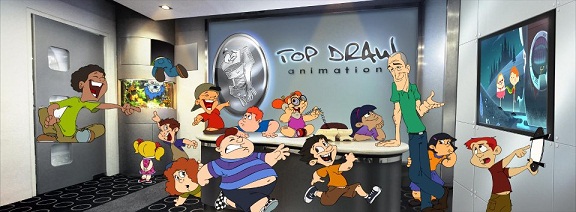By CHICKIE R. LOCSIN
AS you gasp in excitement watching Optimus Prime’s Autobots battle Megatron’s Decepticons or delight at the splendor of Megan’s Pony Land, feel proud that the TV series that have thrilled millions all over the world are produced by Filipino artists in the Philippines.
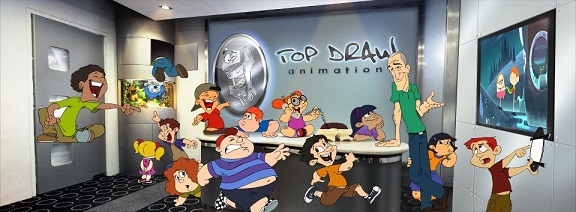
But producing what are fun to watch is actually a logistical nightmare.
Stella Katigbak Dearing, who manages the 500-man strong, labor-intensive operation of Top Draw, one of the busiest studios in the Philippine animation industry, eats pressure breakfast – the same stuff every day- during production days.
Aside from “Transformers” and “ My Little Pony,” Top Draw also produces “Monster High.”
Dearing says her team of “the finest Filipino talents” consists of 75 artists supported by five assistants and two editors working full-time for 12 to14 weeks to produce one 22 -minute episode of a TV animation series.
“The stress-level is on a constant high as we race to meet weekly deadlines to complete 250 hours of television in 22 weeks,” she said.
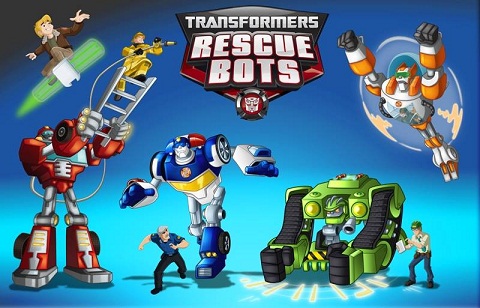 The production process starts with a pre-production package from the client. It consists of the story board in a comics format with an over-lay of real -voice dialogues to serve as the guide for the desired expression of the characters.
The production process starts with a pre-production package from the client. It consists of the story board in a comics format with an over-lay of real -voice dialogues to serve as the guide for the desired expression of the characters.
The creative work follows strict specifications for characterization, location, background designs and the length of each scene. The local studio incorporates all these elements into a moving story board known in industry jargon as the animatic.
Once the animatic is finalized, four categories of artists take over, each one with a unique task.: library or “rigging” artists break down the characters to movable parts and there are specialized artists who will work only on the lay-out or the background or the poses.
A separate technical team of editors and scene builders completes and polishes the drawings under the guidance of the local director, usually a veteran seasoned artist, who ensures that the creative inputs of the overseas director outlined in the pre-production package are addressed and the over-all quality meets client standards.
Local studios handle only the creative renderings for the TV animation series.
“Our artistry is available at low costs ; for a labor- intensive industry this makes the Philippines a haven for overseas producers,” Dearing said.
Scripts and story boards all originate from overseas producers.
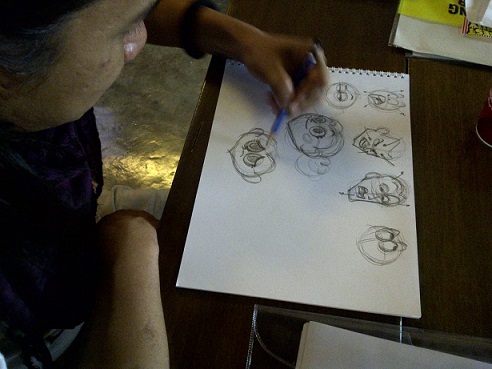
Miguel del Rosario of Toon City Animation and an officer of the Animation Council of the Philippines, said that there were two earlier attempts to develop local content : Dayo (2007) and Metanoya, a state-of-the-art production of Gerald Salonga. Unfortunately the local market was not receptive and idealism gave way to the realization that Filipino content was not exportable.
Dearing said whereas computer software has brought the animation industry to the next level, animation cannot be performed with just a computer. “Drawing skills are needed to make the movements of the characters softer and more fluid.”
Top Draw transitioned into digital animation when they partnered with a Canadian company and were compelled to mirror their productive systems.
Flash, was a software originally designed for websites to create basic
movements. As animators started using it, Flash morphed onto more sophisticated levels and is the software of choice for animation studios like Top Draw.
As early as 2003 Top Draw trained their veteran artists to use the computer, while younger artists who were adept with it had to be trained to draw better.
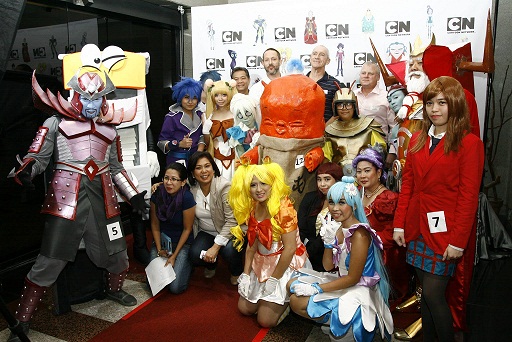
Guillermo “Nary” Jamlig, creative director of Top Draw, has his own hiring criteria. He prefers artists with volume and depth in their drawings as these qualities make it easier for the artist to adapt to animation.
“Younger artists are more exposed to multi-media and have lots of creative ideas. They may lose sight of their ability to draw because they can create digitally. But the use of animation software actually enhances their ability to draw, “ Jamlig said.
The artists’ temperament and their seeming disdain for a regular 8-5 job used to be a problem in the industry. Once the artist has earned enough money to buy a car or to tide him over for a few months, he walks away.
That is no longer the problem nowadays as more schools offer courses in multi-media and animation.
Because of the training that Top Draw offers, their ranks are often the hunting ground for other studios.
To retain their talent Top Draw has upped their game, offering the younger artists security of projects with high profile clients and a sizeable infrastructure of support services.
For those considering a career in the animation industry, Nary Jamlig sums up the prospects: “Animation is not boring. If you are good at it you have a career. It is fun and pays well; it offers a good future.”
